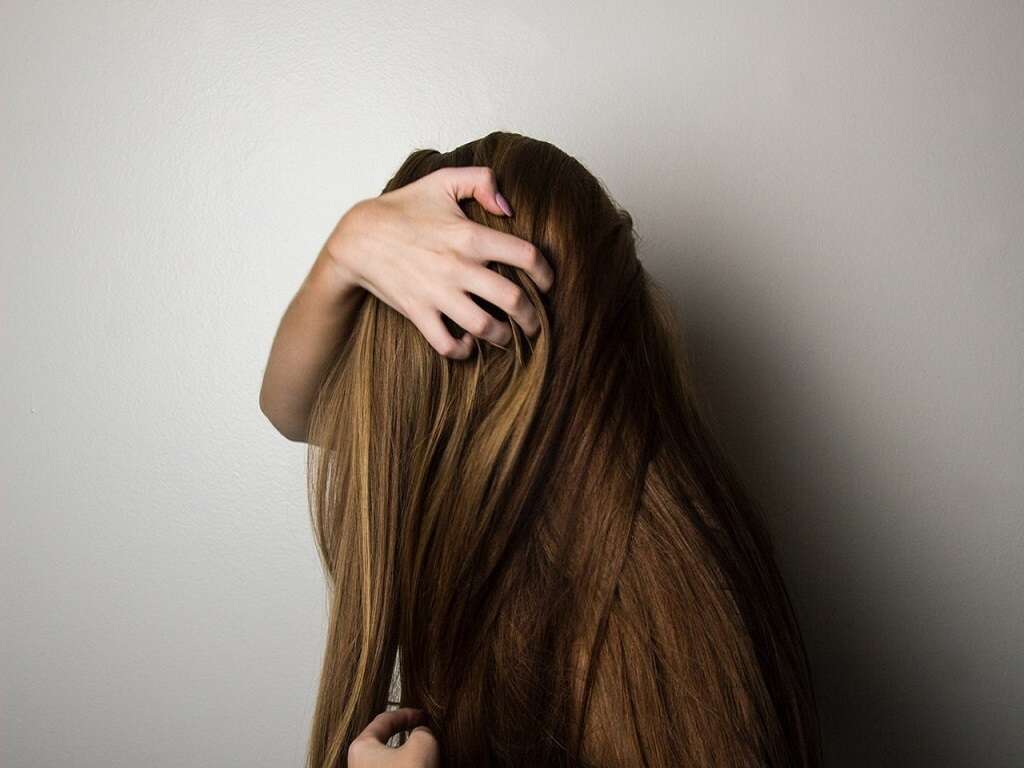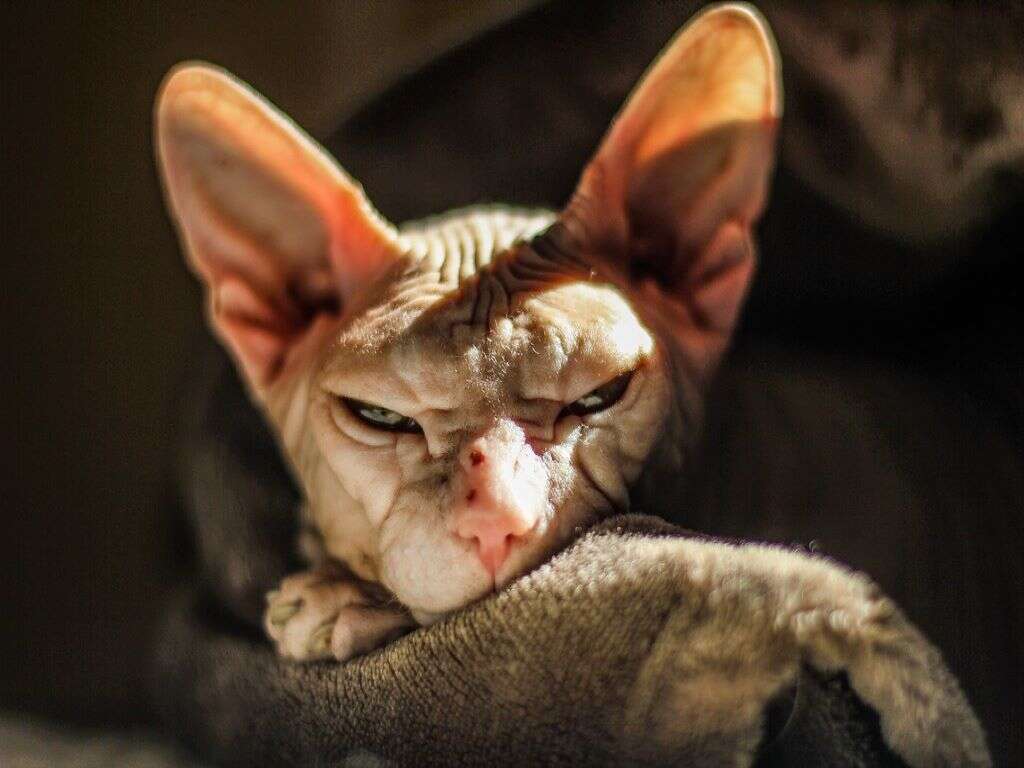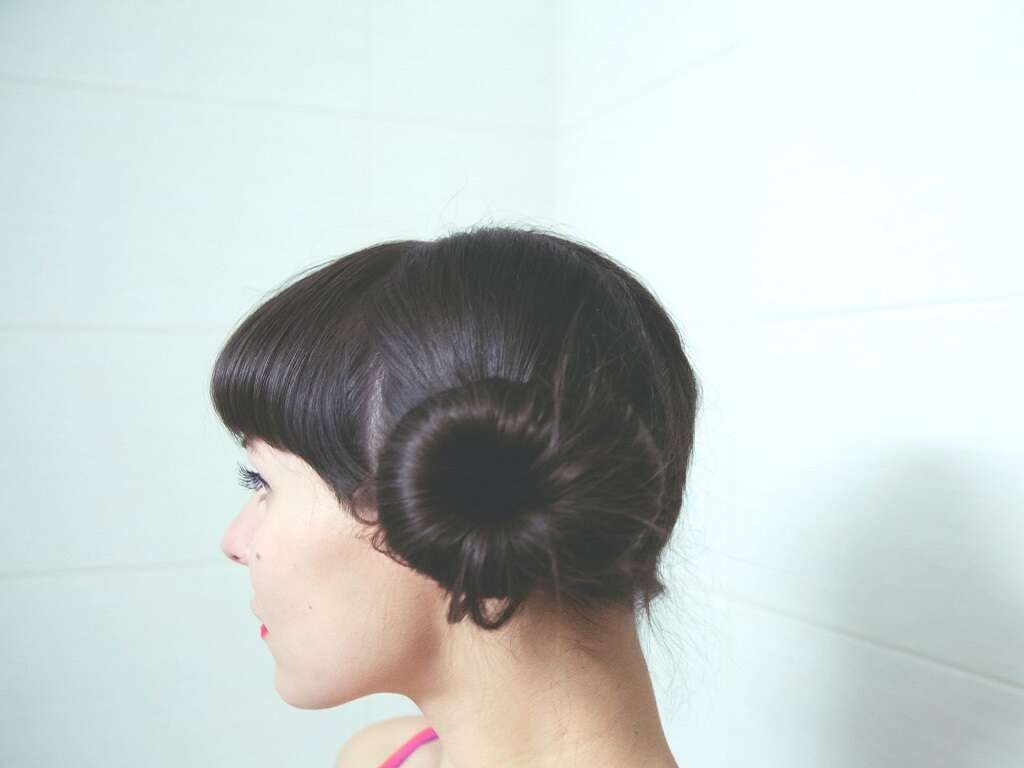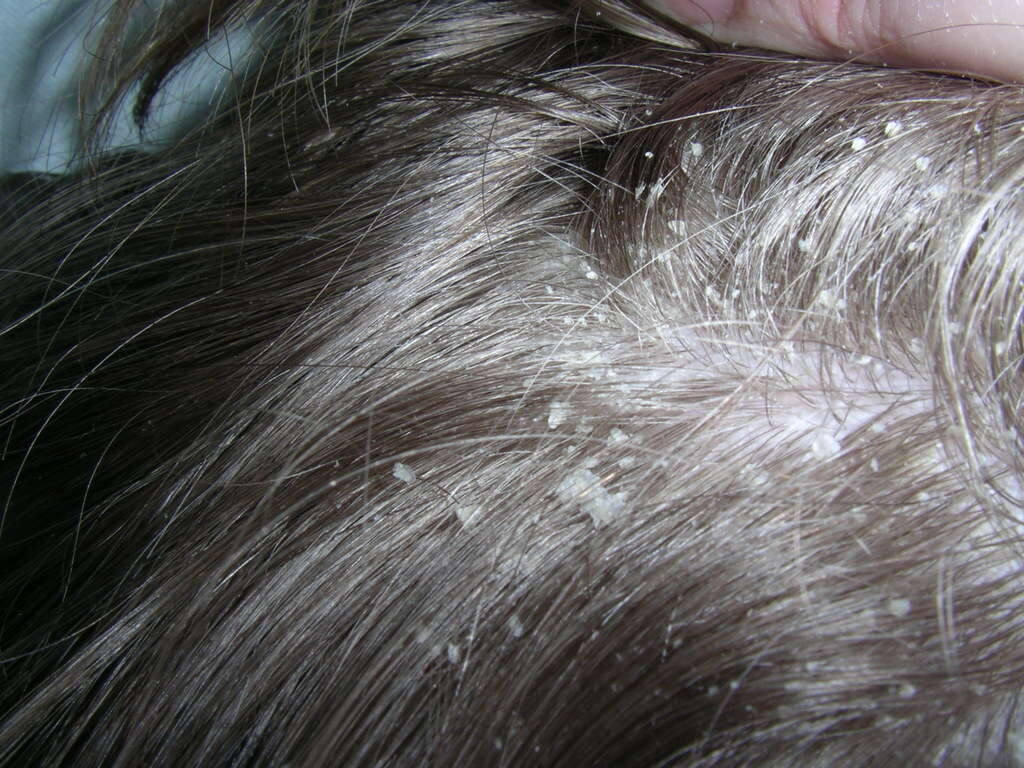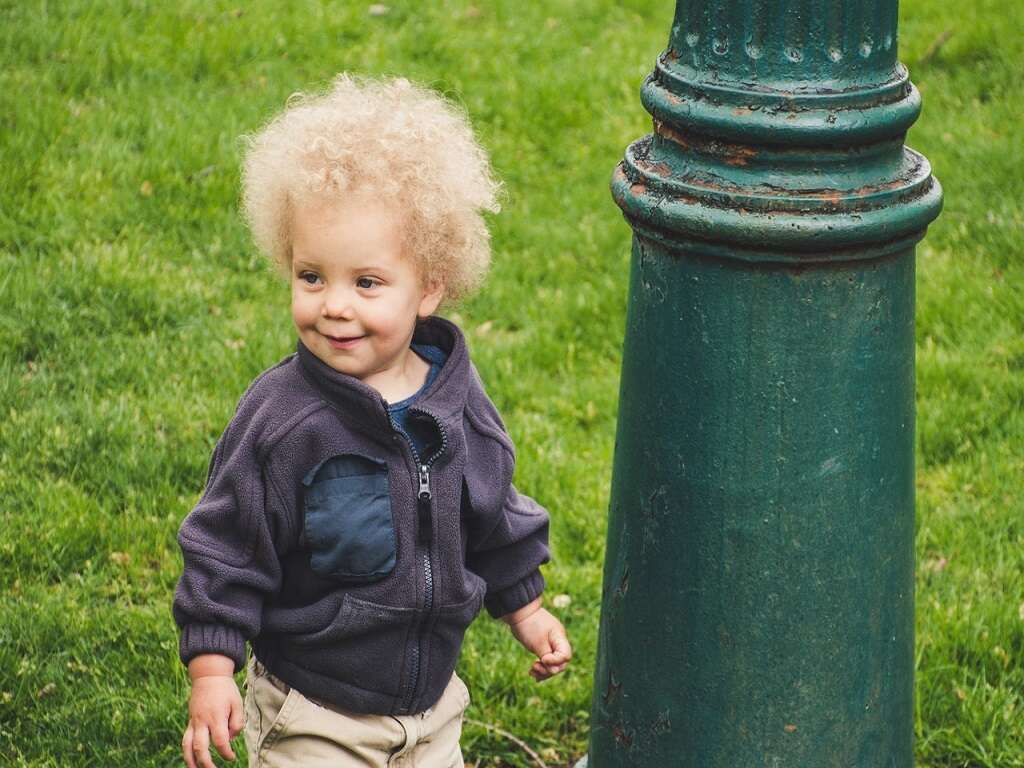What Is Alopecia Areata?
The hair on our scalp is located in a very visible place and this means that it contributes a great deal to our physical appearance. Some people can lose their hair, however, and this can be quite upsetting for some that become conscious of their appearance.
Alopecia areata is a condition that causes the patients hair to begin falling out. While it causes no other symptoms, it can still be quite distressing for some people. Although there is no cure, treatments are available that may be able to help limit the extent of the hair loss, and/or encourage new hair growth.
1. What Is Alopecia Areata?
Many men will begin to lose their hair as they reach middle age, while women are fortunate in that they are far less likely to experience hair loss. Male pattern baldness is not the only thing that can cause hair loss, however, because there is also alopecia areata.
Patients with alopecia areata will find that their hair begins to fall out in small patches. To begin with, these patches can be so small that the patient will not notice. Eventually, these smaller patches will begin to join with others, creating other patches that are larger and more noticeable.
2. Autoimmune Disorder
Alopecia areata is a condition that is caused by an autoimmune condition. In short, this means that the same immune system that is meant to keep us safe from pathogens begins to attack our own bodies instead. In this instance, the immune system will begin to attack the hair follicles.
As the follicles are attacked, they become smaller and they begin to come loose in the scalp before eventually falling out. As with other types of autoimmune disorder, there is no known cure for alopecia areata. If your hair does begin falling out for no apparent reason then you should see a doctor to find out why.
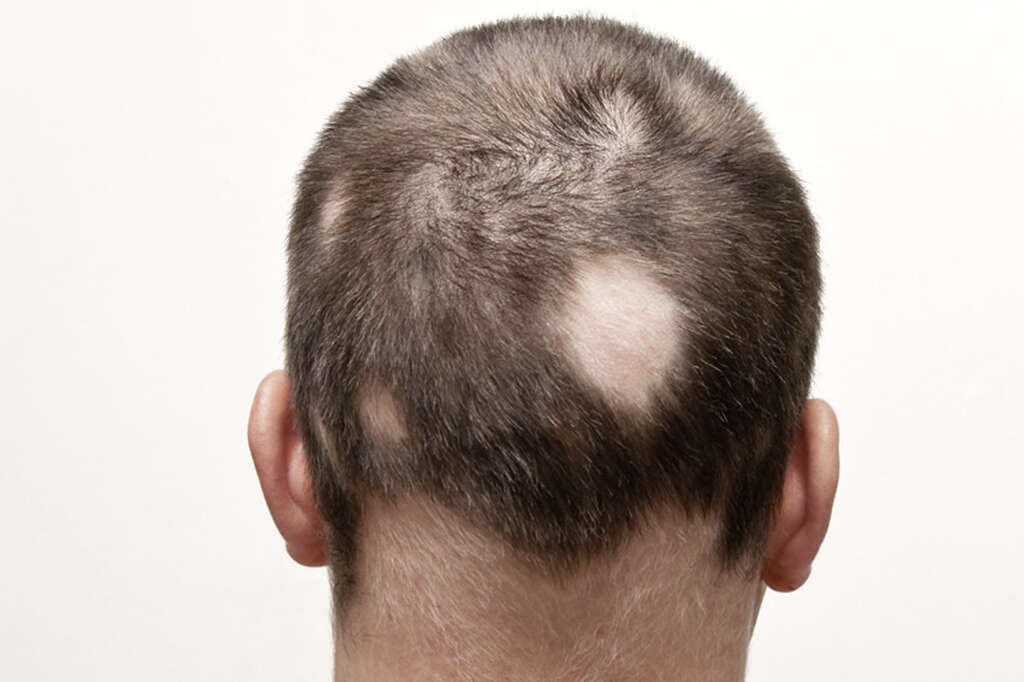
3. Symptoms
As mentioned, the main symptom of alopecia is the loss of hair on the scalp, but that is not the only place hair will be lost. In addition to losing patches of hair on the scalp, the patient can also lose hair on their eyelashes, eyebrows, beard, and in the pubic area.
Some people might only lose hair in one or two locations, while others can lose it in many locations. In many cases, the patient will not even know their hair is falling out until somebody else points it out to them. This is often the case when the hair is falling out at the back of the scalp. Some people might only notice the condition when they start to find small clumps of hair on their pillow in the morning.
4. Alopecia Universalis
Alopecia areata is a condition where the hair begins to fall out in patches. In some cases, it will go on to become alopecia universalis, which means more widespread hair loss. The condition will likely be far more noticeable than alopecia areata.
Alopecia totalis refers to the total loss of hair on the scalp. In some cases, the patients hair might grow back again. This is not always permanent, however, as it will often begin to fall out again after some time. The extent to which the patients hair will fall out will vary from person to person and, in some people, the patient will lose all of their hair completely.
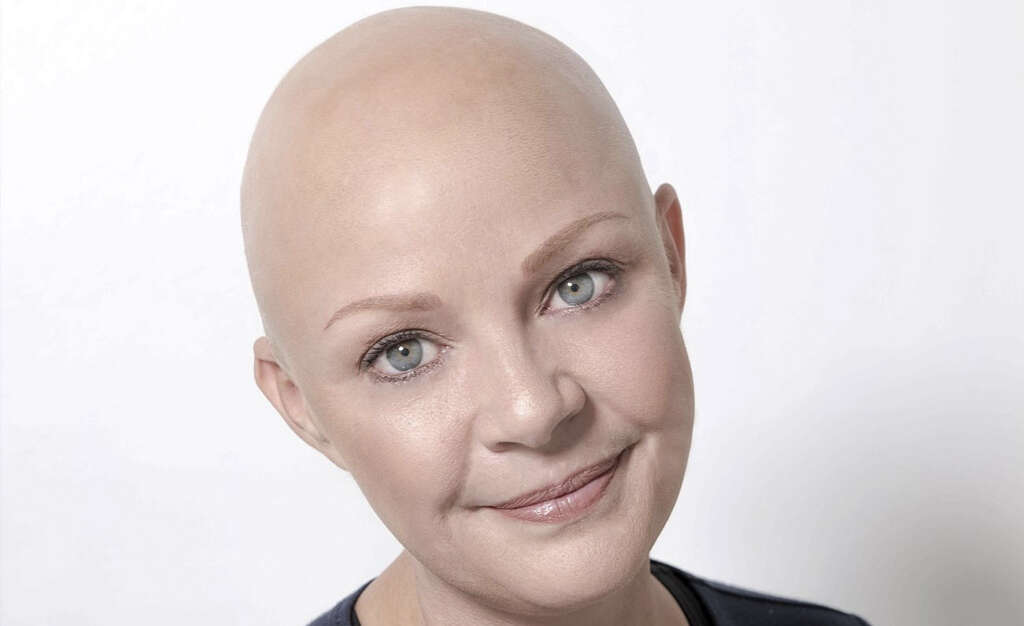
5. Causes
There is a great deal that we don’t yet know about alopecia, and getting to the exact cause of the problem is difficult. We do, however, know that certain people are more predisposed to getting it than others are. For example, you are more likely to get alopecia areata if there is a history of autoimmune disease in your family.
If a family member has rheumatoid arthritis and/or type 1 diabetes in particular then you are more likely to experience alopecia areata yourself. It is also thought the certain environmental factors can also be a trigger for people who are already prone to getting the condition.
6. Topical Treatments
As mentioned, there is no known cure for alopecia, but there are treatments that may be able to reduce the symptoms.
One type is topical treatments that help to stimulate hair growth. Among the most common of these is Rogaine. It needs to be applied to the area twice a day, but it can take a year or more for results to be seen. That’s if there are positive results at all. Impoyz is also thought to be able to help by decreasing inflammation in the hair follicles, and anthralin is believed to be able to help stimulate hair growth by irritating the scalp.
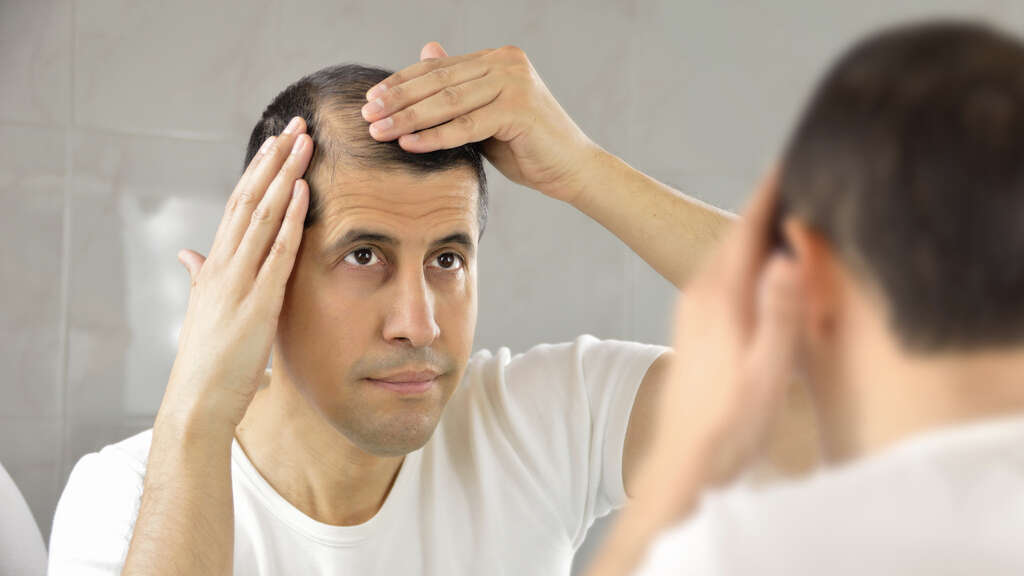
7. Injections
Some people who are trying to prevent hair loss from alopecia areata will turn to steroid injections. This treatment generally involves injecting small amounts of steroid directly into the scalp using tiny needles. It is usually used on patients who have lost their hair in just a few select places.
The treatment is usually performed once every one or two months until the patients hair begins to grow again. While it can help new hair growth in some cases, it is not able to help prevent more hair from falling. The treatment tends to have mixed results, with some people seeing little success, but others very happy with the results.
8. Oral Medication
Alopecia areata is caused by an autoimmune disorder and, as such, drugs that help suppress such disorder can help to prevent hair from falling out. Some examples of these drugs include cyclosporine and methotrexate.
These medications work by suppressing the body’s immune system, but they need to be used sparingly because of the risk of potentially serious side effects. Another relatively popular option is cortisone tablets, which is a type of steroid that helps to prevent inflammation and swelling. Cortisone also needs to be used in moderation to prevent unwelcome side effects. You should always consult with a doctor first when using any type of drug.

9. Light Therapy
Light therapy is a treatment that has seen a surge in popularity in recent years. It is used to treat a wide range of conditions, mostly skin conditions. One condition that light therapy is used to treat is alopecia areata.
Light therapy is also known as phototherapy or photochemotherapy. Light therapy is often used in combination with oral medication and uses UV light to help stimulate the hair follicles in the skin. Treatment can often be done at a clinic or similar, while it is also often possible to purchase the equipment so you can perform the therapy on yourself at home.
10. Natural Remedies
Many people prefer to turn to the natural world for remedies. This makes a lot of sense as, after all, many modern medicines are made from naturally occurring compounds. You will be able to find plenty of natural remedies that are alleged to be able to help patients with alopecia areata.
It is important to note that while some natural remedies may be effective, there is no scientific basis to believe that many will have any effect whatsoever. It is always wise to take the advice of medical professionals over that of people purporting to have natural remedies online or elsewhere.




